We live in times in which many resources are used to generate clothes that end up in the garbage garbage can after a short time, this phenomenon is repeated more and more frequently and feeds a consumerist and polluting lifestyle.
To counteract this way of life "slow fashion" was born, which is nothing more than applying a philosophy opposed to wasteful consumerism. The slow fashion comes to become an ideology to promote responsible consumption, the purchase of ecological products of better quality and greater durability that as a result allow us to use them for longer while maintaining their qualities.
What is slow fashion and where does it come from?
Slow fashion is fashion that is transparent and environmentally sustainable throughout the entire process, from manufacturing to recycling.
The term slow fashion actually emerged in 2007, from the hands of Kate Fletcher, a professor of Sustainability, Design and Fashion, who was already starting to talk about this "slow fashion".
Unfortunately, it did not begin to catch on in society until 2013, when in a factory in Bangladesh, 1100 people died working for large and well-known international brands, in terrible working conditions and in a factory that did not comply with safety measures.
It was as a result of this event that many of those who buy these garments began to question whether they were doing the right thing by buying clothes from these brands.
Characteristics of slow fashion clothing
Slow fashion clothing, or sustainable brands that want their garments to be associated with this sustainable fashion movement, must meet a series of characteristics that we are going to divide into two:
Manufacturing characteristics
- Sustainable, ecological or recycled materials are used.
- The production process takes into account the working conditions of the workers, fair wages and, if possible, local production, thus favouring the circular economy and fair trade.
- The durability of the garments is fundamental, that the quality of their fabrics is good and allows for the longevity of the garment.
- Animal rights and the environment must be respected and cared for in their production.
Clothing characteristics
- They are usually timeless garments.
- They are not manufactured in large quantities; we try to keep a stock on demand.
- Basic, neutral colours are used. With the intention of not using toxic dyes that also waste an immense amount of water.
- As far as possible, we try to make slow fashion garments zero waste.
Differences between Fast fashion and Slow fashion
The feeling that fast fashion has developed in the population that it is necessary to have a lot of clothes, even if their quality and durability is minimal, is increasingly being opposed by those who follow another fashion, this time a more sustainable, more eco friendly and fairer one, slow fashion.
These are the main differences between these two currents:
| Fast fashion | Slow fashion |
|
● Poor quality material |
● Good quality material |
| ● Temporary campaign fashion | ● Timeless fashion |
| ● Low cost of garments | ● Pricing adapted to the quality of the garment |
| ● Poor conditions for workers during manufacture | ● Fair trade |
| ● Processing leaves a lot of waste behind | ● Recycled garments, zero waste or environmentally friendly materials |
Conclusion
The next time you find yourself in front of a shop window, tempted by seasonal models at shamelessly cheap prices, remember that these clothes are likely to have left a trail of pollution and slavery before they got there.
That sometimes the best investment is one that guarantees you a garment that will last over time because of its good quality, because it is timeless and because it takes care of our environment.



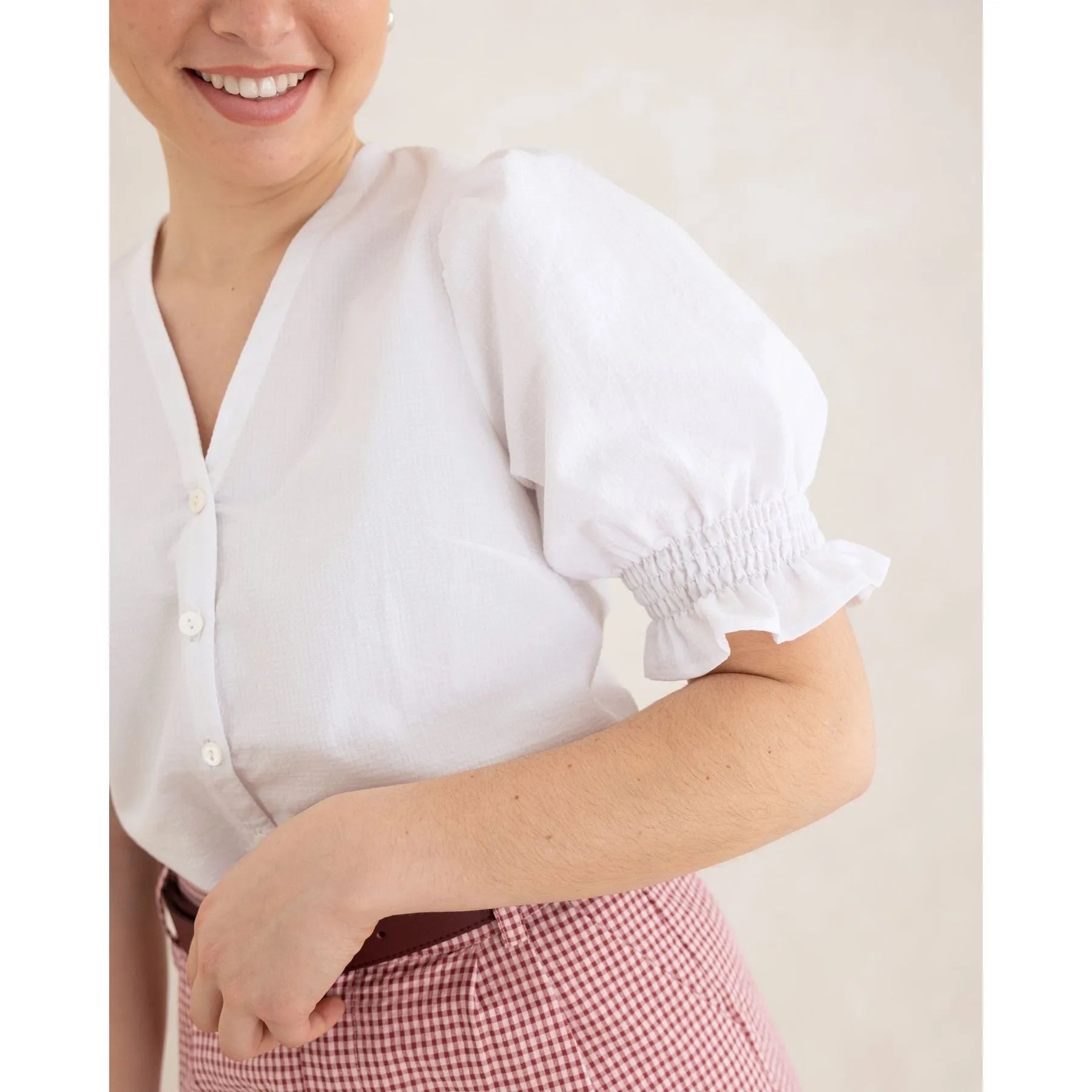
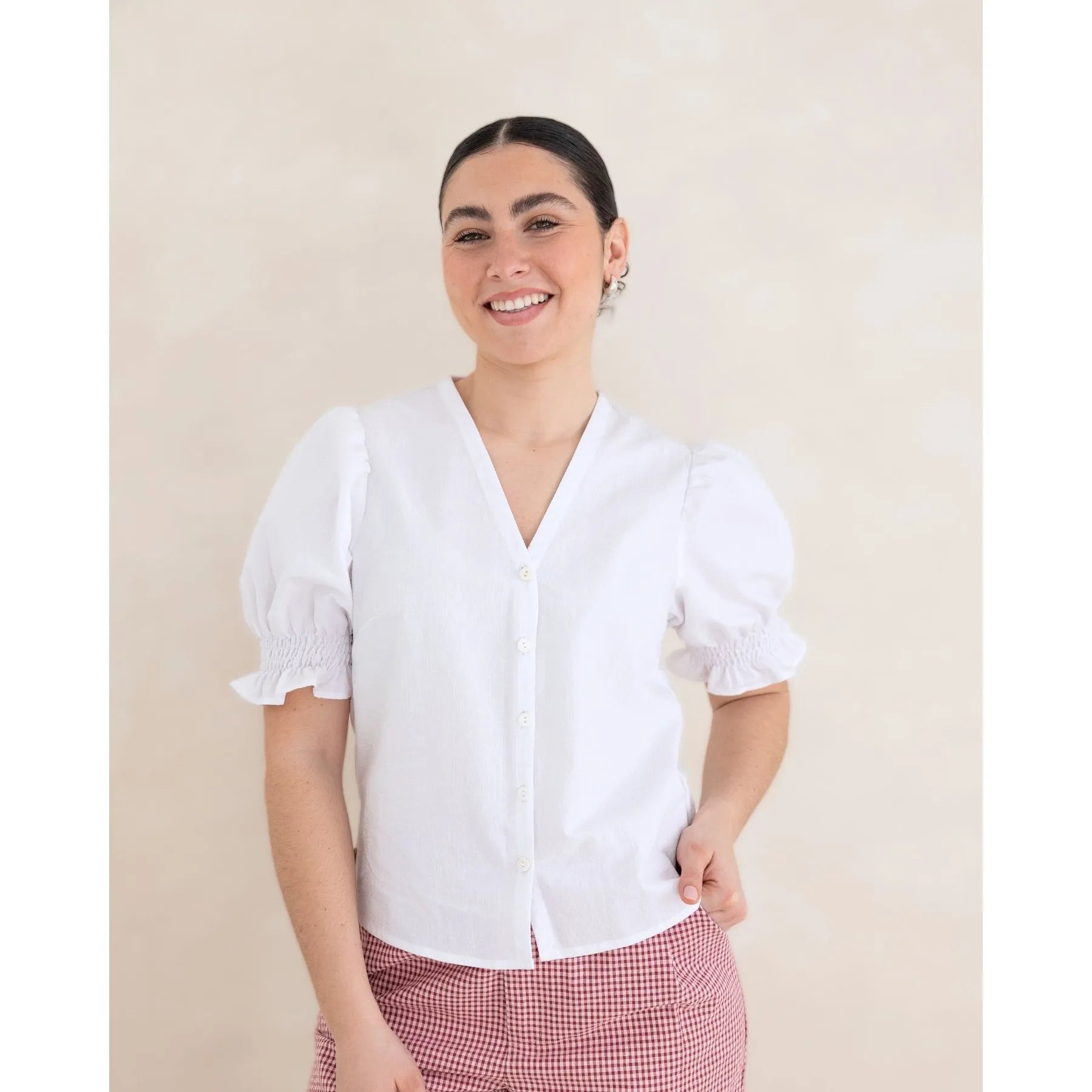
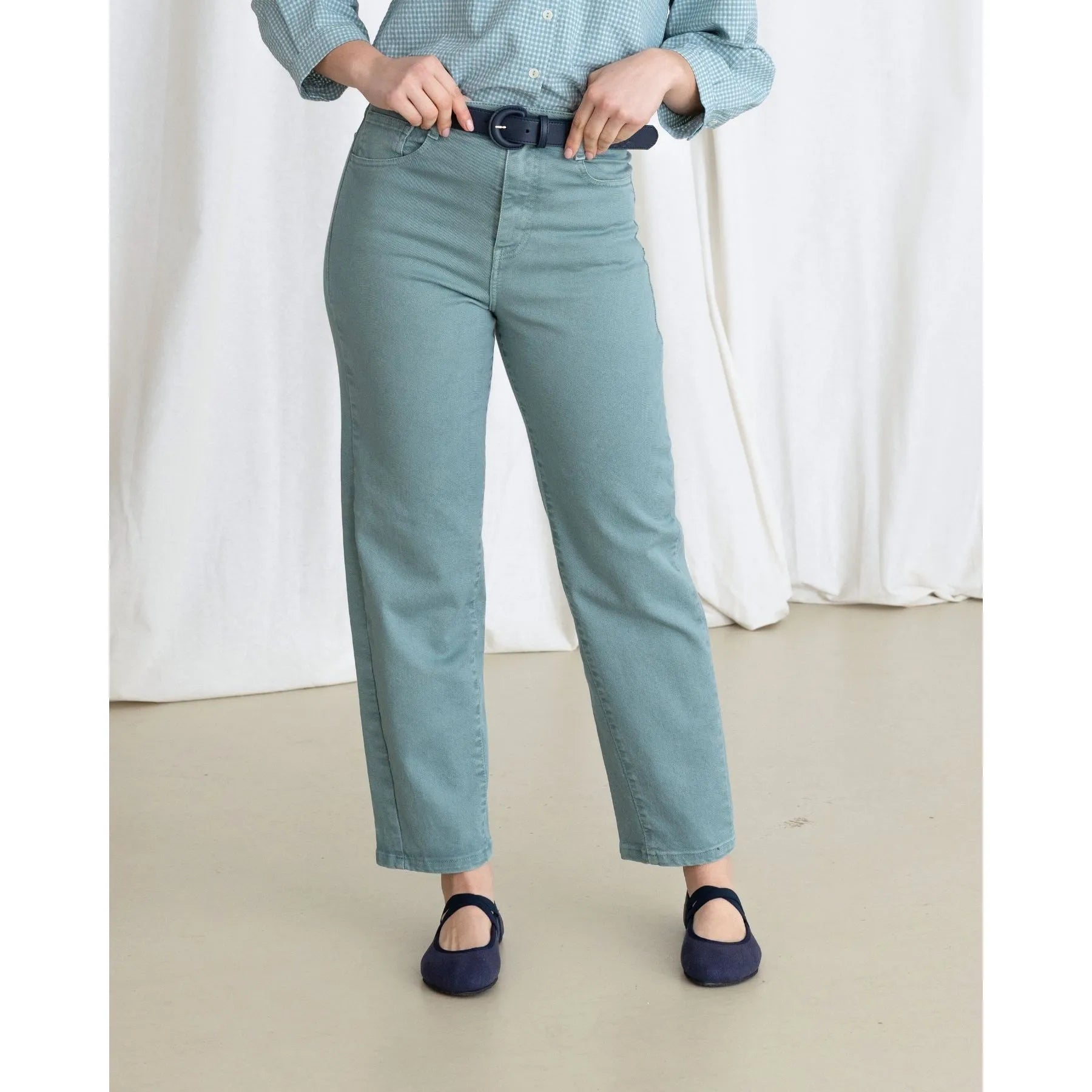

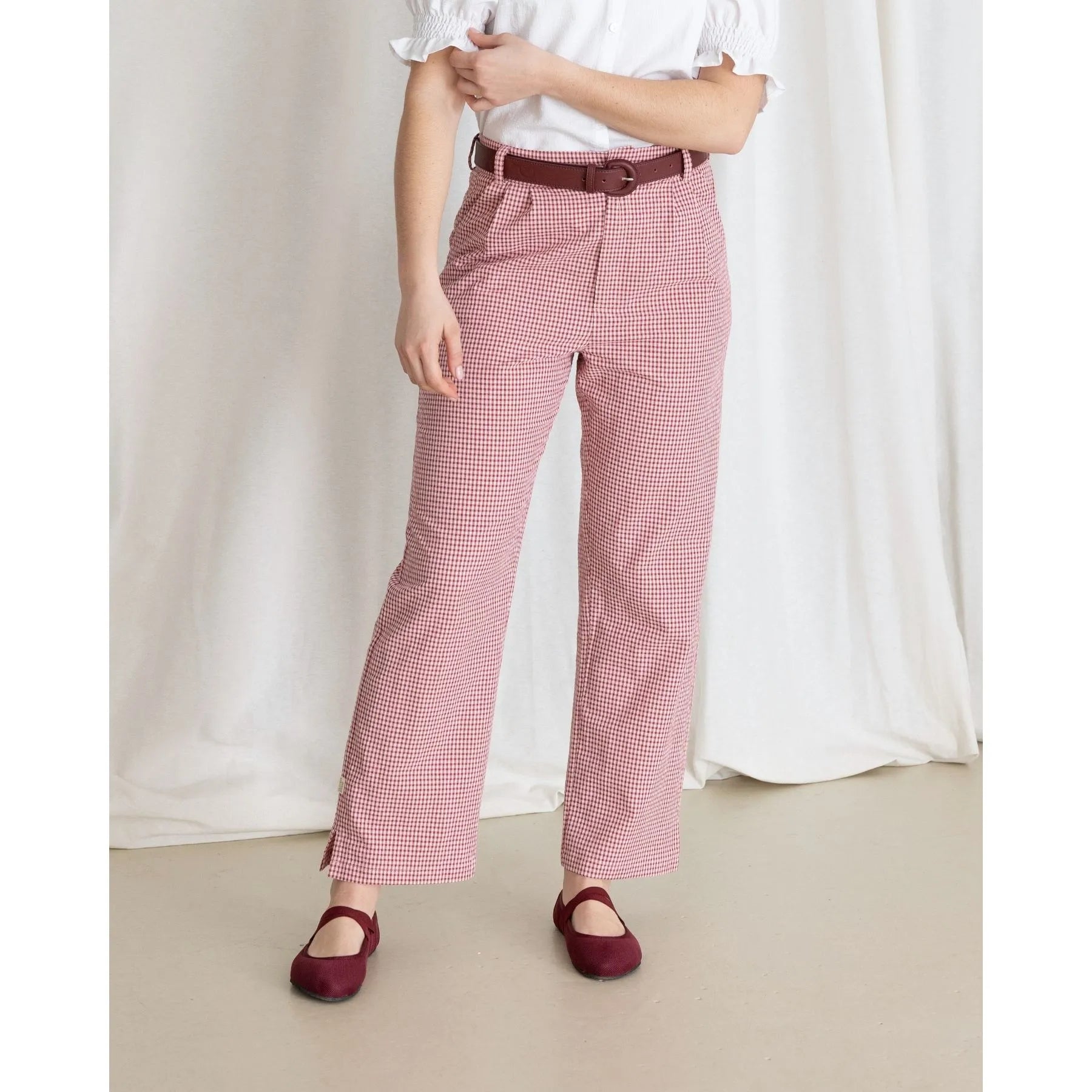
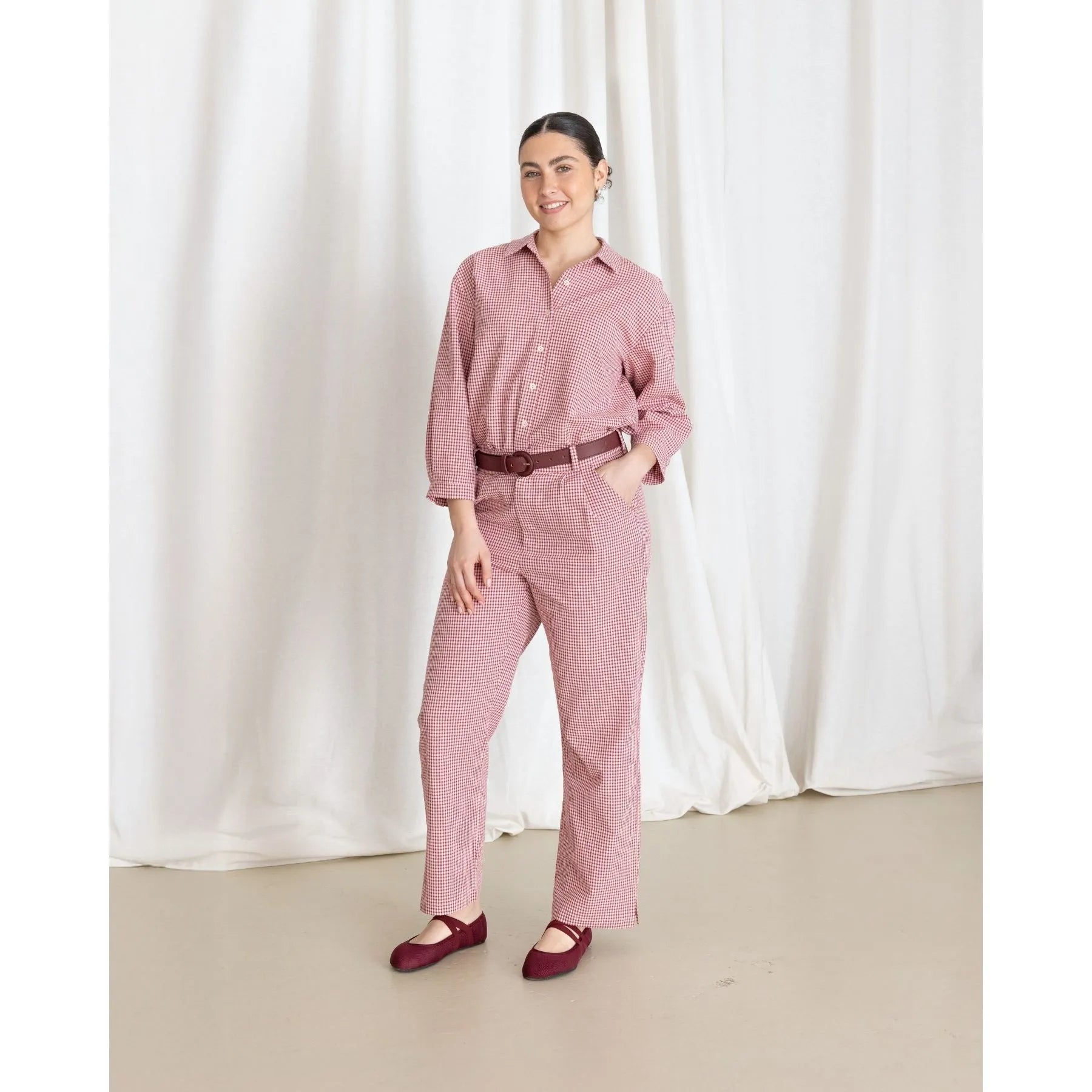



Leave a comment